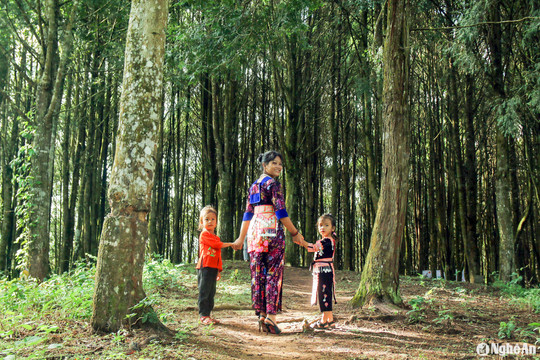(Baonghean.vn) – The 20-year-old po mu wood forest, over 50 hectares wide, in Tay Son commune (Ky Son), is considered the largest forest in Nghe An. This is a precious forest with high economic value and promises to be an attractive tourist destination in Western Nghe An.
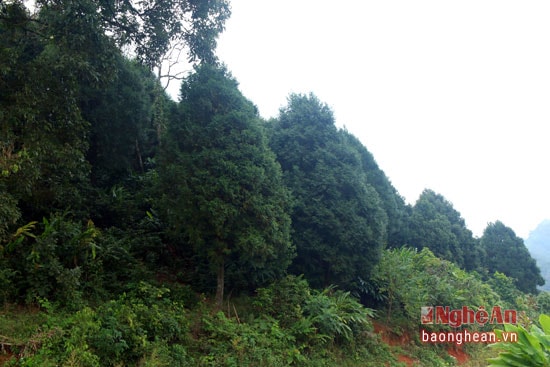 |
The po mu forest located in Huoi Giang 1, 2, 3 villages of Tay Son commune (Ky Son) is more than 50 hectares wide, planted since 1996. Initially, Mr. Vu Pa Re (Huoi Giang 3 village) realized that the exploitation of natural po mu wood was making the forest increasingly depleted. Therefore, in 1996, he went to the forest to find saplings to plant in a small area. Seeing the effectiveness, everyone learned to cultivate seedlings to develop this precious wood. |
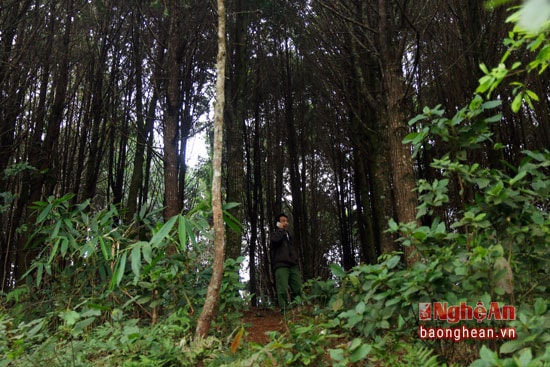 |
| The forest is located right in the villages so access is easy. |
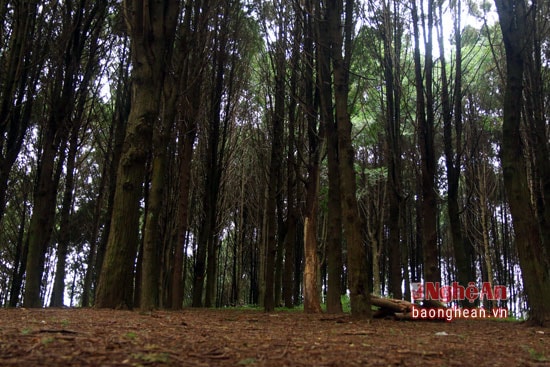 |
| The po mu forest is located between flat, clean and cool hills. |
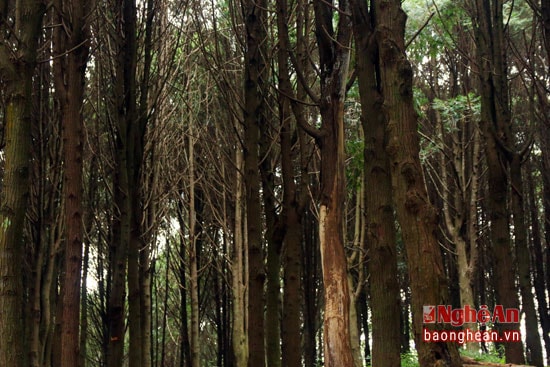 |
| The 20-year-old po mu trees are even and straight. Because they are suitable for the cold climate of the highlands, po mu trees here grow very well. |
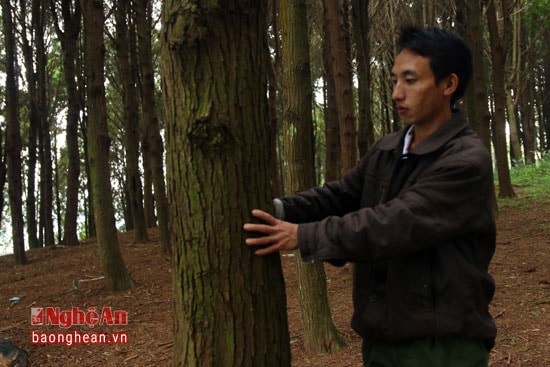 |
| There are trees with a circumference of up to 70 cm. |
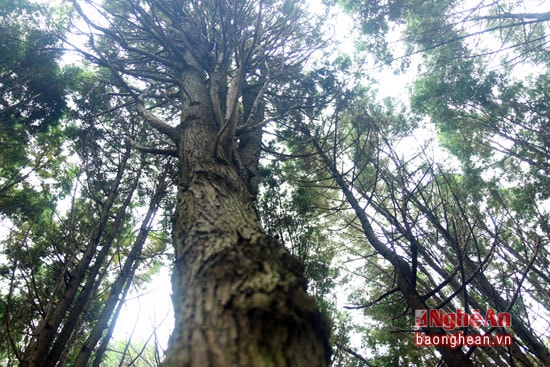 |
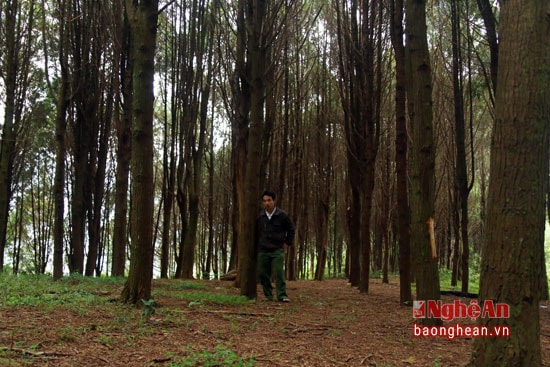 | | Mr. Vu Ra Tenh - Chairman of Tay Son Commune People's Committee said that this po mu forest must be over 50 years old to be harvested. The current market price of each po mu wood is 15-25 million/m3. According to estimates, this forest is worth hundreds of billions of dong if the wood is harvested. However, the flat terrain here, cool summers can develop tourism. |
|
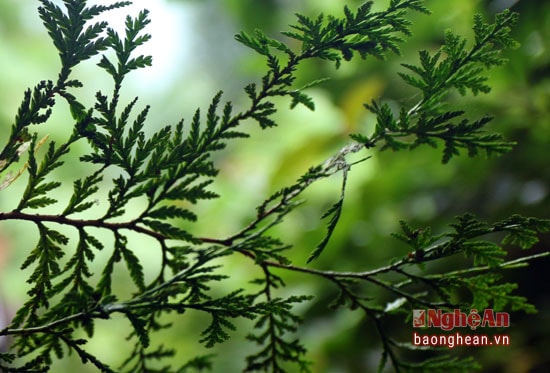 |
| Pơ mu is a rare group 1 tree in Vietnam. The leaves are evergreen, 25–30 m high. The tree has brownish-grey bark that peels easily when young. On older trees, the bark has longitudinal fissures and is aromatic. The leaves are arranged in flat branchlet systems, with the branchlets lying on the same plane. The leaves on mature trees grow in opposite decussate pairs, the alternating pairs are not evenly spaced so they appear as whorls of 4 at the same level; they are slightly acute, about 2–5 mm long, dark green above with white stomatal bands below. The lateral leaves are ovate and compressed, while the facial leaves are oblanceolate with a triangular apex. On young trees, the leaves are larger, up to 8–10 mm long and 6 mm broad. |
Dao Tho









